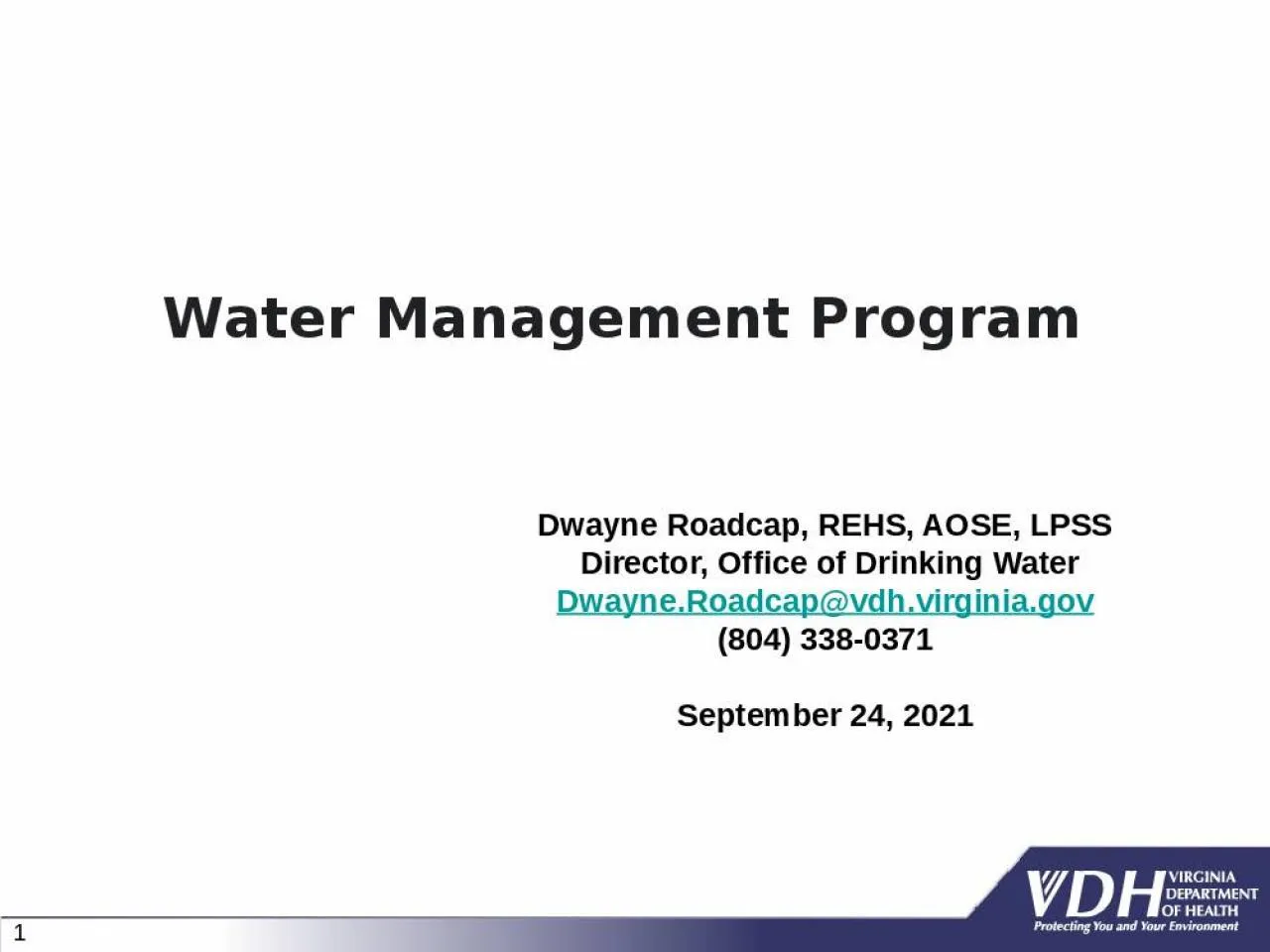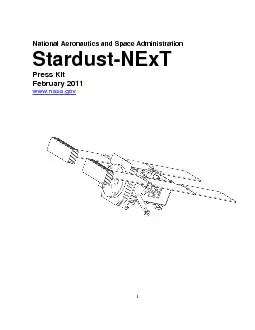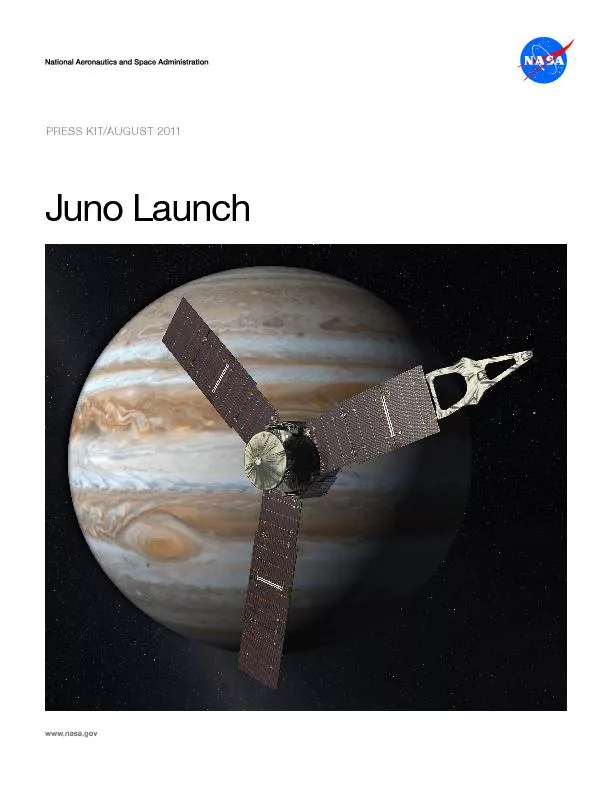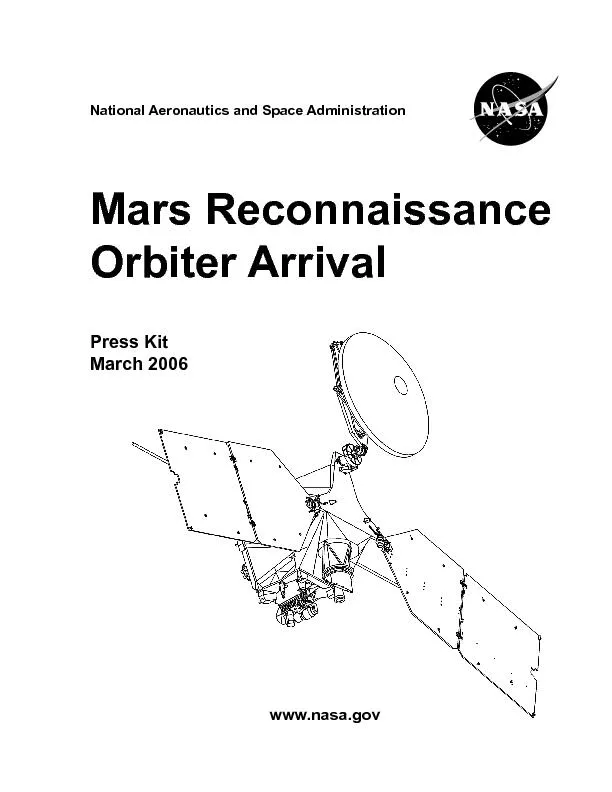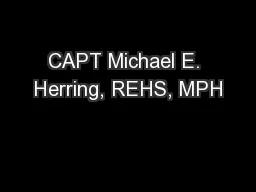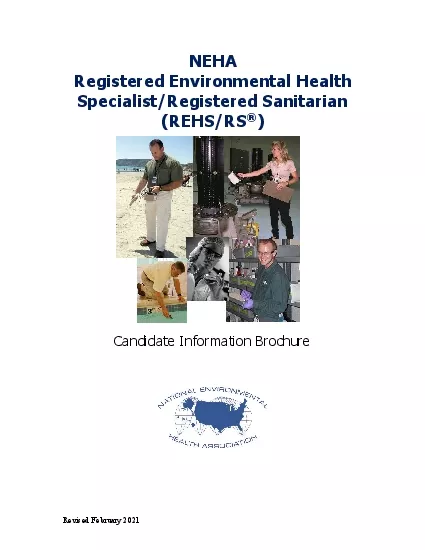PPT-Dwayne Roadcap, REHS ,
Author : victoria | Published Date : 2022-02-12
AOSE LPSS Director Office of Drinking Water DwayneRoadcapvdhvirginiagov 804 3380371 September 24 2021 Water Management Program Learning Objectives Legionnaires
Presentation Embed Code
Download Presentation
Download Presentation The PPT/PDF document "Dwayne Roadcap, REHS ," is the property of its rightful owner. Permission is granted to download and print the materials on this website for personal, non-commercial use only, and to display it on your personal computer provided you do not modify the materials and that you retain all copyright notices contained in the materials. By downloading content from our website, you accept the terms of this agreement.
Dwayne Roadcap, REHS ,: Transcript
Download Rules Of Document
"Dwayne Roadcap, REHS ,"The content belongs to its owner. You may download and print it for personal use, without modification, and keep all copyright notices. By downloading, you agree to these terms.
Related Documents

